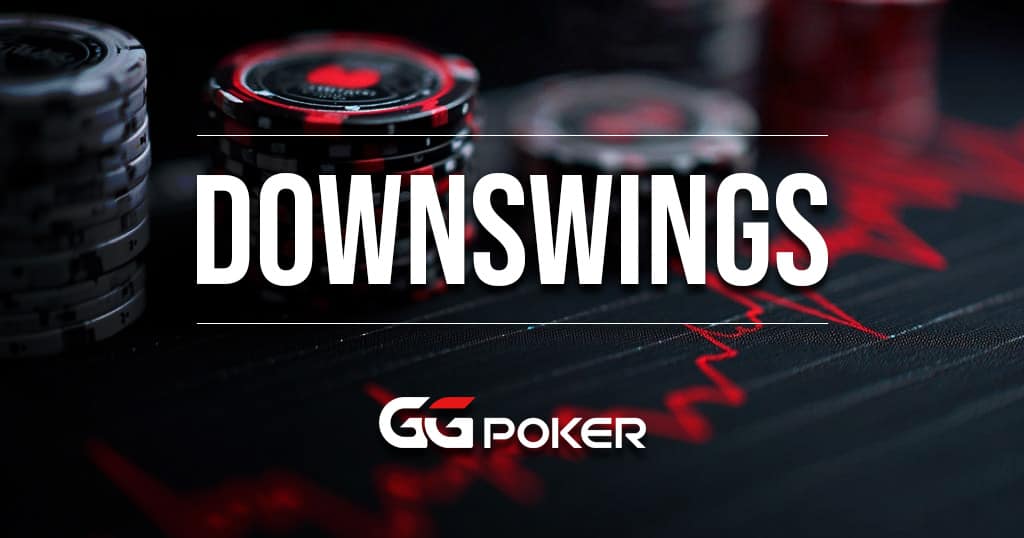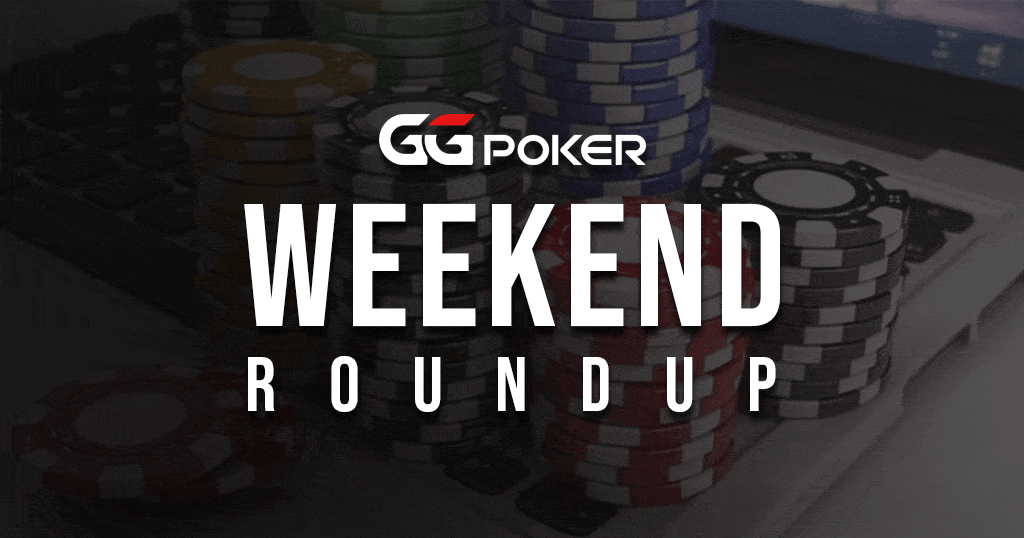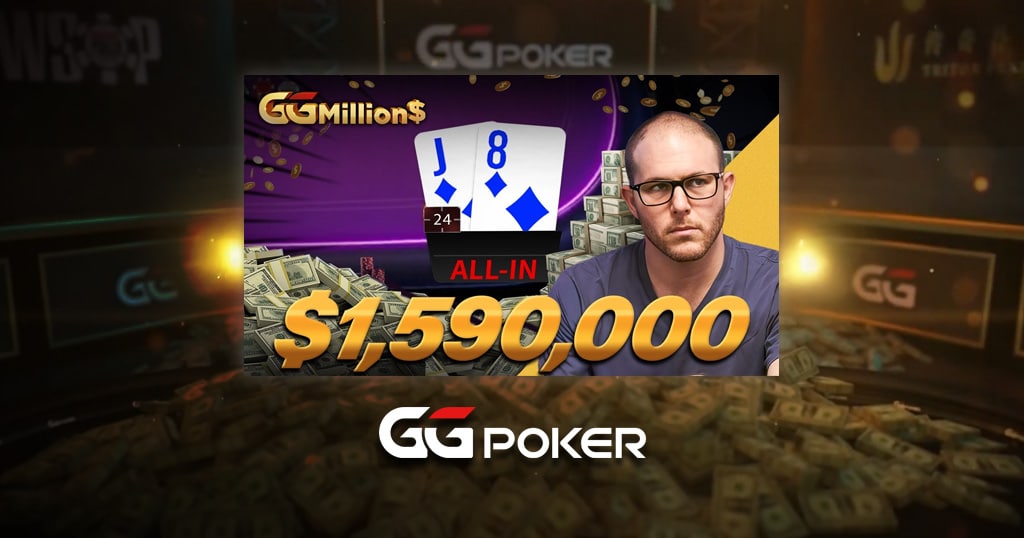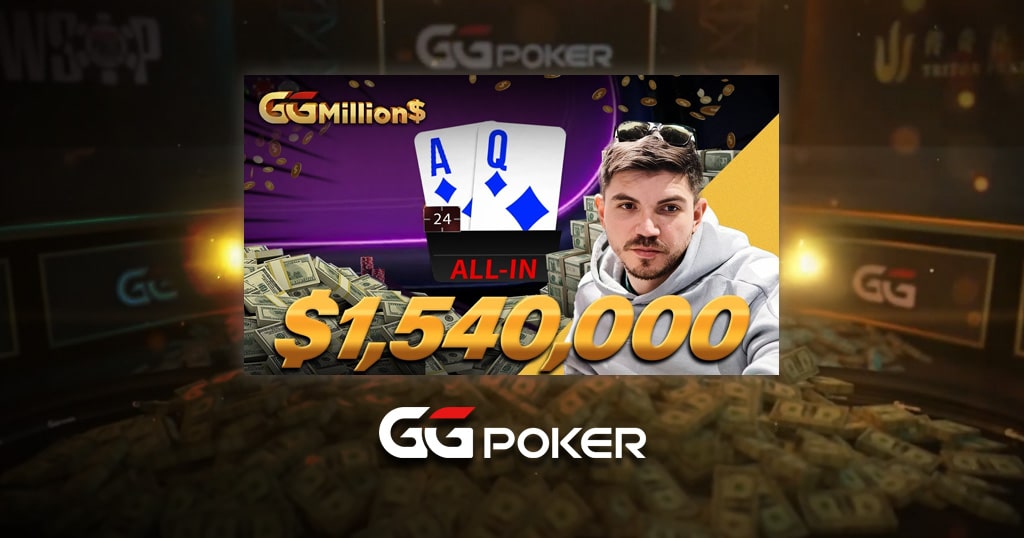An Introduction to Implied Odds
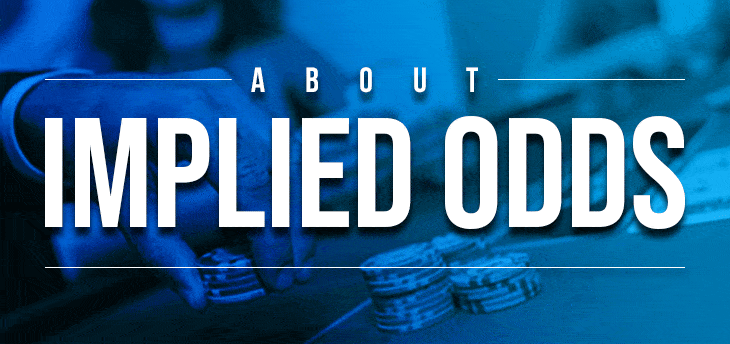
Ever sat at a poker table, staring down your opponent, wondering if you should call that big bet with a drawing hand? Well, my friend, you’ve just stumbled upon the world of implied odds. But what are they? And how can they turn your poker game from “meh” to “marvelous”? Let’s dive in!
What on Earth are Implied Odds?
Implied odds, in the simplest terms, are the potential future rewards of a poker hand compared to the current cost of continuing with it. It’s an investment. You’re not just considering the immediate returns but the potential future profits as well.
Still confused? Let’s break it down with an example. Imagine you’re holding a flush draw after the flop. The pot is $100, and your opponent bets $50. To call, you’d need to put in $50 to potentially win $150. But what if you knew your opponent would pay you off big time if you hit your flush? That’s where implied odds come into play.
Calculating Implied Odds: It’s Easier Than You Think!
Now, I know what you’re thinking: “Math? In poker? You’ve got to be kidding me!” But trust me, it’s not as scary as it sounds. Here’s a simple formula to help you out:
Implied Odds = (Potential Future Pot + Current Pot + Amount to Call) / (Amount to Call)
Using our earlier example, if you believe your opponent will pay you an additional $200 if you hit your flush, your implied odds would be:
Implied Odds = ($200 + $150 + $50) / $50 = 8 to 1
That means for every dollar you invest now, you would need to win $8 back in the future.

When to Use Implied Odds
Implied odds aren’t always the golden ticket. They’re most useful when:
- You have a drawing hand with a high potential payout.
- Your opponent has a strong hand and is likely to pay you off.
- The current pot odds don’t justify a call, but the potential future rewards do.
But remember, poker is as much about reading your opponents as it is about the cards. If you think your opponent is bluffing or won’t pay you off, those juicy implied odds might not be worth much after all.
The Pitfalls of Relying Too Heavily on Implied Odds
Now, before you go all-in on every drawing hand, there’s a word of caution. Implied odds are speculative. They’re based on predictions and assumptions. And we all know what they say about you, me, and assumptions, right?
It’s essential to be realistic about the potential future pot. Overestimating can lead to costly mistakes. And always remember, the best-laid plans of mice and men often go awry. Just because you think your opponent will pay you off doesn’t mean they will.
Implied Odds in Action
Example 1: Flush Draw in No-Limit Texas Hold’em
Scenario:
– You are playing No-Limit Texas Hold’em.
– After the flop, you have four cards to a flush (a drawing hand).
– The pot is currently $100.
– Your opponent bets $50, making the total pot $150.
– To stay in the hand, you need to call $50.
Analysis:
Current Pot Odds: The pot odds are $150 (total pot) to $50 (amount to call), which simplifies to 3 to 1.
Implied Odds Calculation: Assume you believe that if you complete your flush on the next card, your opponent will likely bet another $100 into the pot. The potential future pot would be $250 ($150 current pot + $100 expected bet + $50 current bet).
Decision: If you believe your chances of completing the flush are better than 9 to 1, calling based on implied odds is a good decision.

Example 2: Set Mining in a Tight Game
Scenario:
– You’re in a tight, conservative game.
– Pre-flop, you have a low pocket pair (e.g., 3s).
– The pot is $30 after blinds and antes.
– A player raises to $90, and it’s now your turn to act.
Analysis:
Current Pot Odds: The pot odds are $120 (total pot) to $90 (amount to call), which is around 1.33 to 1.
Implied Odds Calculation: In a tight game, if you hit a set (three of a kind) on the flop, you can expect a big payoff from players with strong starting hands. Let’s assume you expect to win an additional $300 if you hit your set.
Decision: Given the low probability of hitting a set (roughly 7.5 to 1, or approximately 12% against), the implied odds do not justify a call in this scenario unless you have strong reasons to believe your opponents will pay off significantly more (around $510 in this example).

Example 3: Drawing to a Straight in a Loose Game
Scenario:
– Playing in a loose, aggressive game.
– You have an open-ended straight draw after the flop.
– The pot is $200.
– An opponent bets $100, making the pot $300.
– You need to call $100 to stay in the hand.
Analysis:
Current Pot Odds: The pot odds are $300 to $100, or 3 to 1.
Implied Odds Calculation: In a loose game, players are more likely to call bets with weaker hands. Assume you can win an additional $200 if you hit your straight.
Decision: The odds of completing an open-ended (or gut-shot) straight draw are about 3 to 1 (roughly 32%). Given the implied odds of 6 to 1, a call can be justified if you expect the additional $200 on the turn or river.
Wrapping It Up: The Power of Implied Odds
Implied odds are a powerful tool in a poker player’s arsenal. They allow you to see beyond the immediate pot odds and consider the potential future rewards of a hand. But like all tools, they need to be used wisely. Over-relying on them can lead to costly mistakes.
Now, go out there and crush those tables! And remember, poker is as much about the journey as it is about the destination. Enjoy the ride, and may the implied odds be ever in your favor!
GGPoker is the ultimate online poker platform, offering everything from high-stakes cash games to prestigious WSOP events. Whether you’re gunning for a WSOP bracelet or a WSOP Circuit ring, or just starting your journey through free poker games and the GGPoker School, the site provides a complete poker experience. Tools like Smart HUD and PokerCraft help players analyze their performance, track progress, and refine their strategies across different poker formats. With built-in staking and access to some of the biggest online poker tournaments around, GGPoker is the go-to hub for grinding, learning, and winning.
